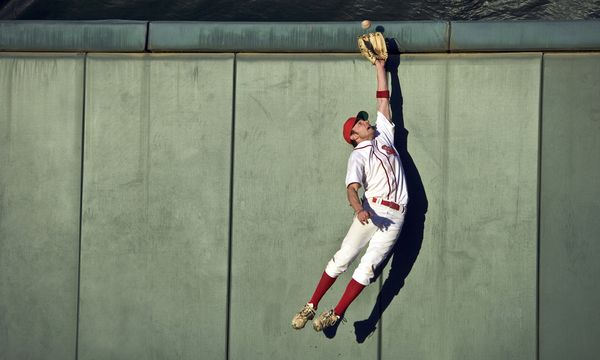Philosophers, scientists and astronomers have been tackling life's most pressing questions since the beginning of time. They've convinced us that the Earth is indeed round, that it revolves around the sun and that it rotates on its axis once approximately every 24 hours. However, they can't seem to agree on the role that rotation plays in the way toilets flush and baseballs travel.
Popular culture has actually taken on the flushing toilet puzzle before. In a classic episode of "The Simpsons," Lisa convinces a skeptical Bart that drains in the Northern Hemisphere always empty to the left (counterclockwise) and those in the Southern Hemisphere empty to the right (clockwise).
Advertisement
The premise for this vexing question is a phenomenon known as the Coriolis effect. Basically, the Coriolis effect refers to the way that the Earth's eastward rotation influences how we see the direction of travel of certain moving objects. At the equator, where the Earth's circumference is about 24,900 miles (40,076 kilometers), land moves at more than 1,000 miles per hour (1,609 kilometers per hour). As we move closer to the poles, land moves much slower. At 60 degrees north latitude, for instance, land moves at around half that speed [source: Plait].
In the Northern Hemisphere, this means that an object traveling from the equator toward the poles will appear to veer to the right because it maintains the greater momentum of its place of origin. On the return trip, the object would again turn to the right -- this time because it didn't have as much initial momentum. In the Southern Hemisphere, the effect is the opposite; objects would veer to the left.
Although Bart Simpson never got to the bottom of the Coriolis conundrum -- despite a $900 collect call to Australia -- this article will explain what's true about the Coriolis effect and what's all spin.


